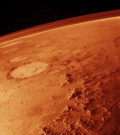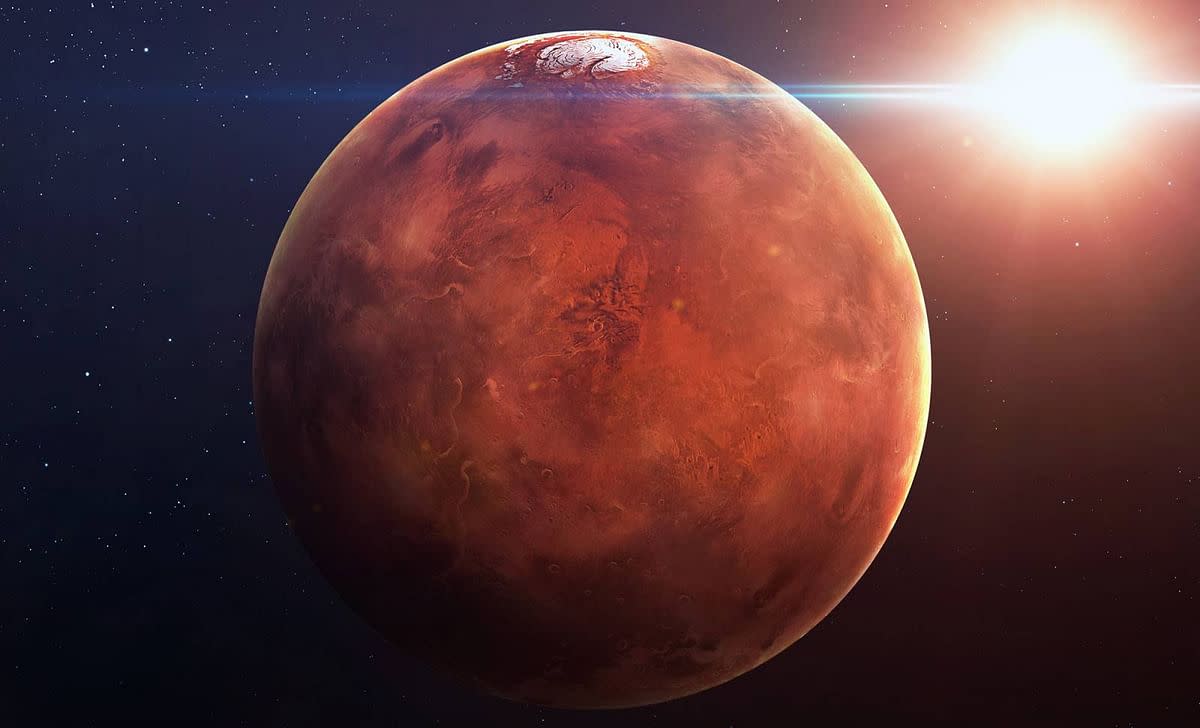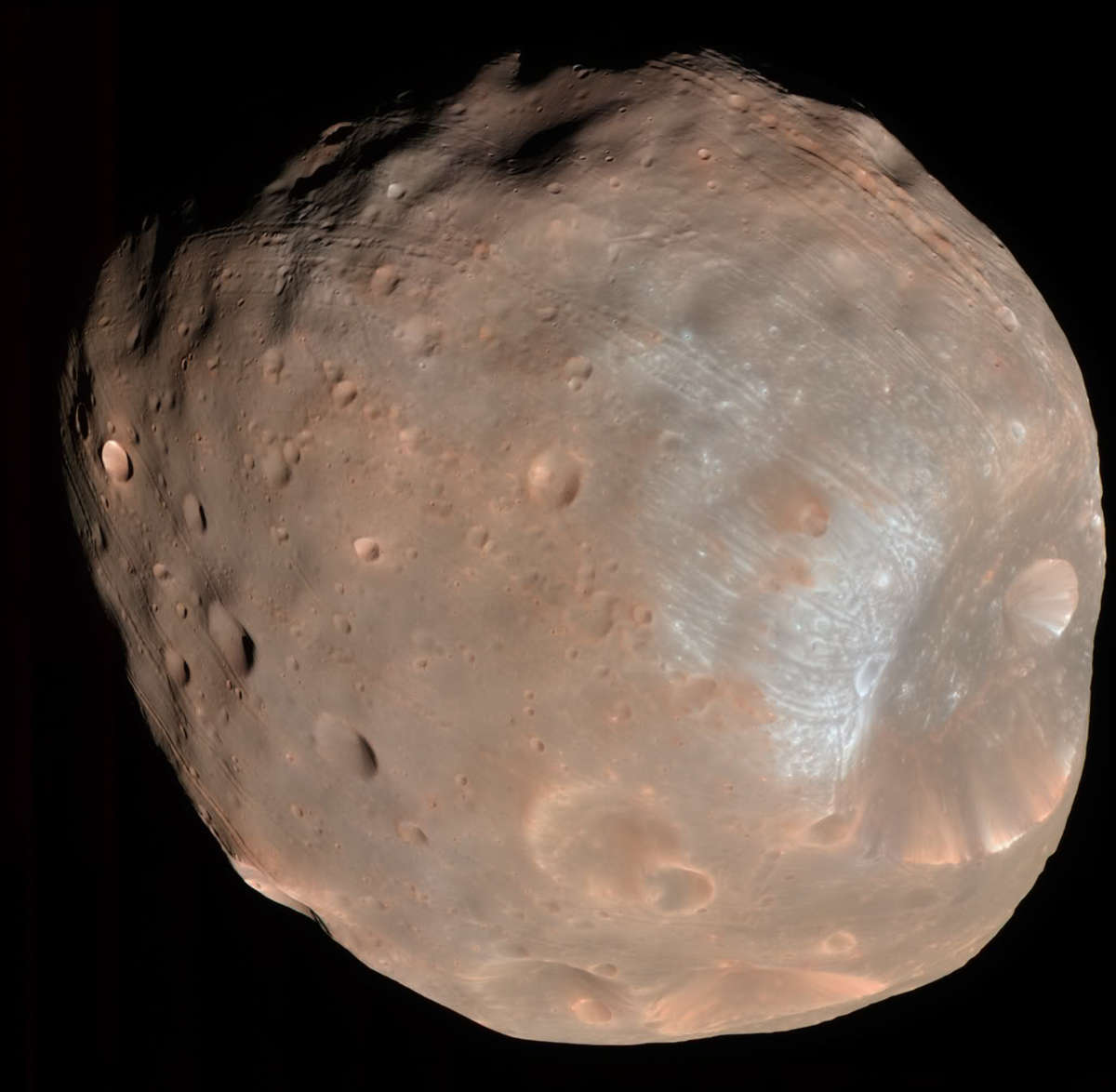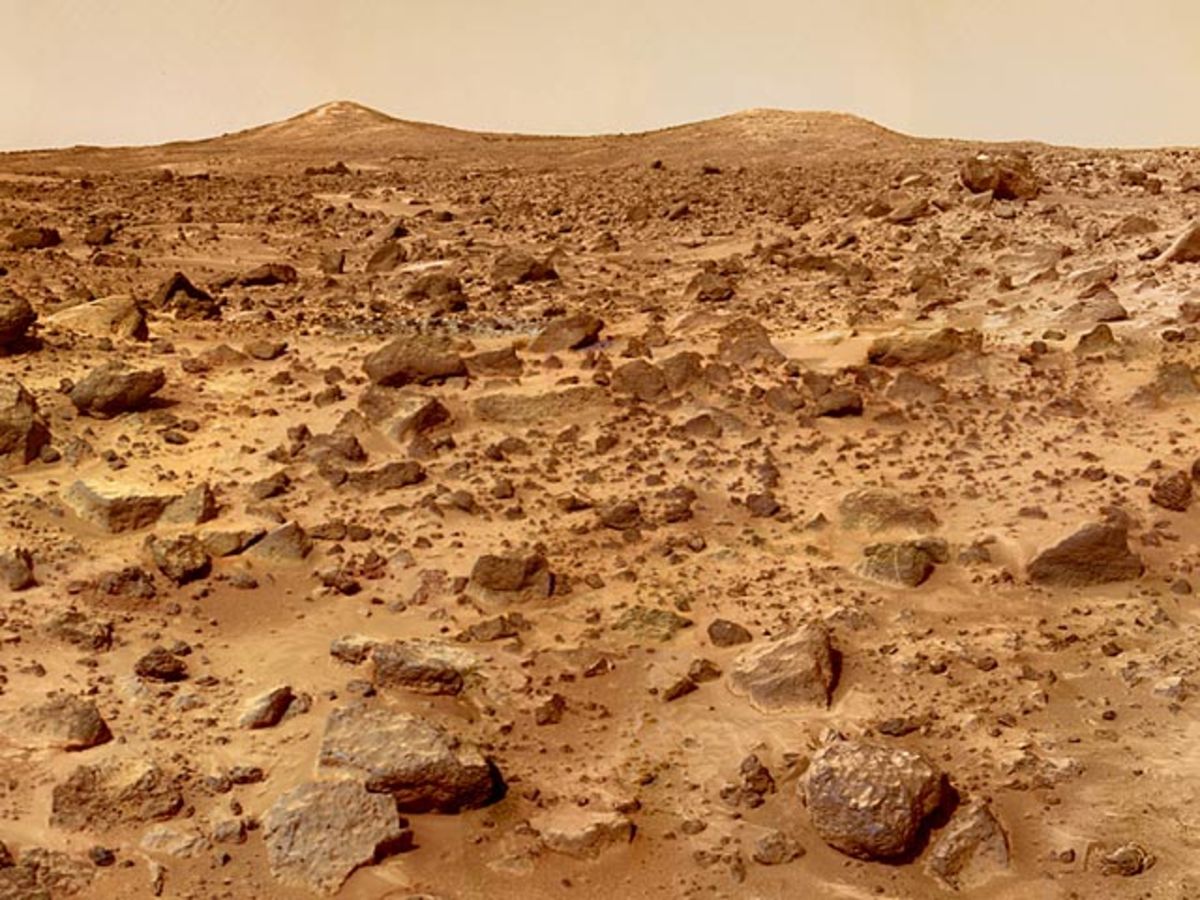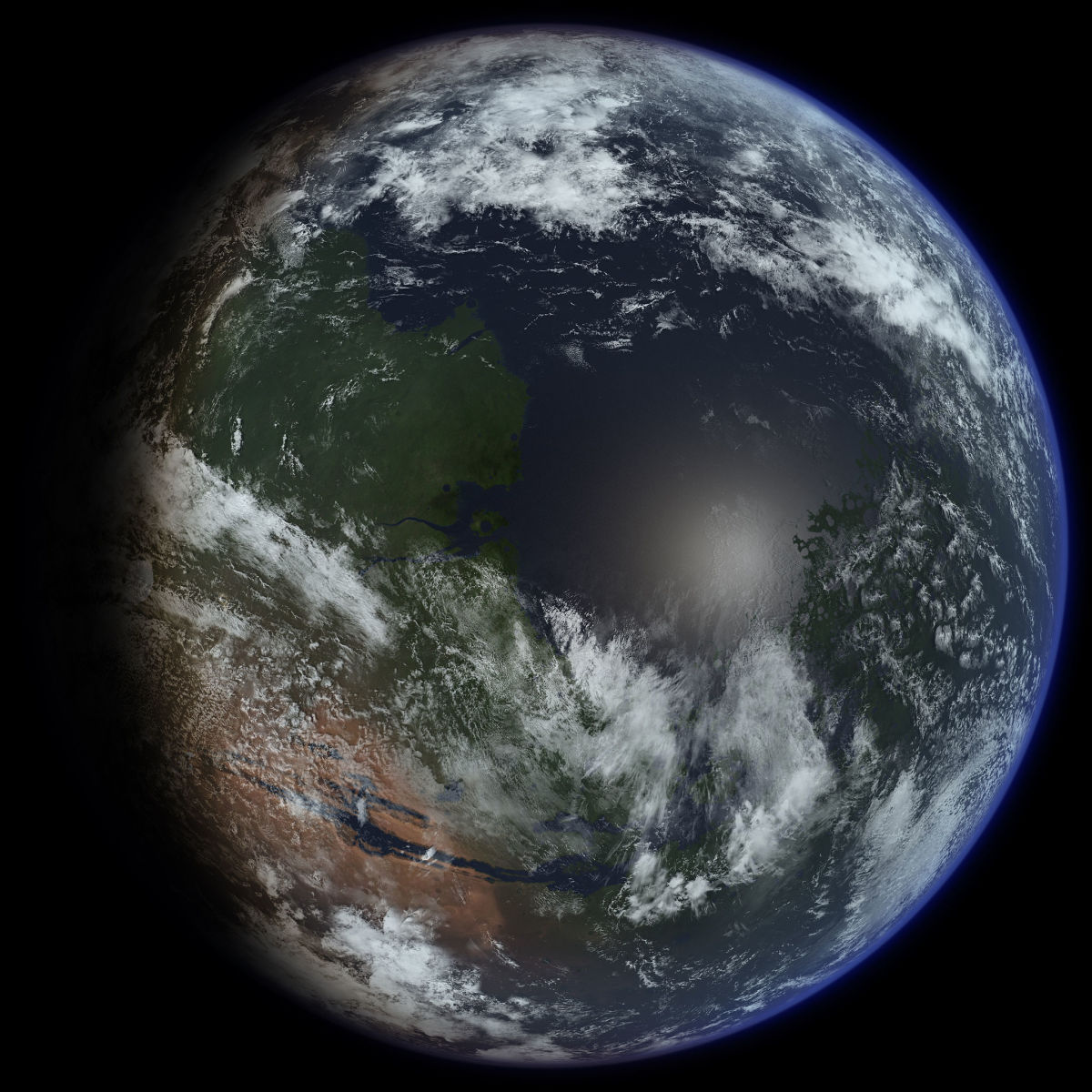Mars One - Putting The Human Race On The Red Planet

Mars One: The Dawn of a New Age
We, the Human Race are about to reach a huge point in our history; in the not too distant future, 2025 to be exact man and woman will be living on Mars.
Mars One will establish the first permanent human settlement on Mars.
The first scheduled unmanned mission for Mars One will be launched in 2018, followed by another three in 2020, 2022 and 2023 before the human race travels to Mars; crews of four will be sent from Earth every two years after the first crew depart Earth in 2024.
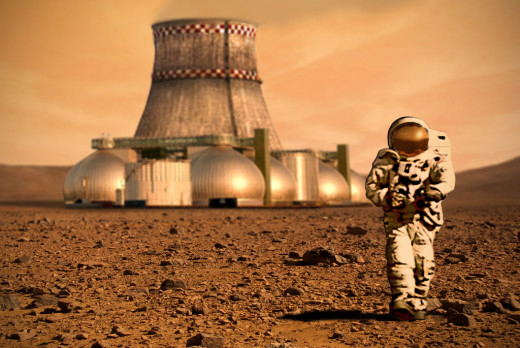
The History of Mars One: What's Happened So Far?
2011
In 2011 Mars One was founded by Bas Lansdorp and Arno Wielders who laid the foundation of the Mars One mission plan.
Discussion meetings were held with potential suppliers of the vital aerospace components needed for the mission; these meetings took place in USA, Canada, Italy and United Kingdom.
2013
2013 dawned the start of crew selection, the selection of who would go on to be some of the first of the human race to live on Mars.
In April the Astronaut Selection Program was launched at press conferences in New York and Shanghai; Online applications were then opened to all nationalities.
The selection process was made up of 4 rounds, the first being the online application with three additional rounds over the course of two years; by the end of it around six teams of four individuals were set to be selected for training.
2015
We reached the final 100, shortlisted from the original 200,000 applicants and 600 remaining in the previous round of selection.
Training then begun; over this year and the years leading up to their departure, the 100 will learn how to repair components of the habitat and rover, train in medical procedures and learn to grow their own food in the habitat.
They will spend several months of each training year in an outpost to prepare for their mission to Mars.
Here's a link to the Mars One YouTube channel where you can find loads of interesting videos about the Mars One project and also promotional videos for the applicant selection processes; we are currently at "Round 3".
Mars One YouTube Channel: https://www.youtube.com/user/MarsOneProject/
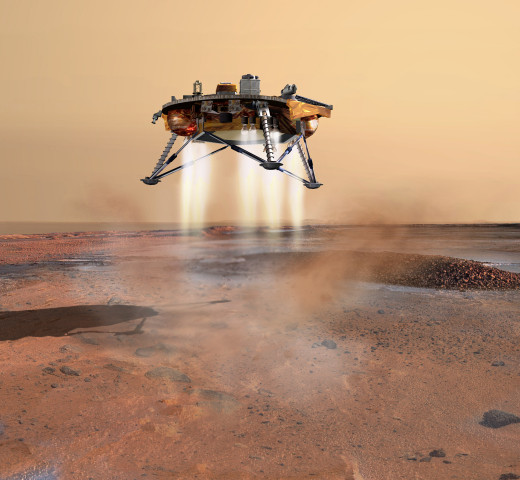
The Future of Mars One: What's Still to Come?
2018
We will see the launch of a Mars Communication Satellite alongside a "Demonstration Mission" providing proof of the concept for some of the technologies that are important for a mission with humans to be successful.
The Communication Satellite will be placed into stationary orbit around Mars, enabling 24/7 communication between Earth and Mars; the satellite will be able to relay images, videos and other data from the Mars surface.
It has been said that it could take 20 minutes to connect to Mars for a typical Skype call / Video Chat, due to our distance away from the planet.
2020
We will see one intelligent Rover with trailer launched onto Mars surface; the Rover will be able to use its trailer to transport the Landers to the outpost location.
When it reaches Mars, the Rover will determine the best location for the human settlement within the region chosen here on Earth; ideally the location it finds for the settlement will be flat enough to construct the settlement, contain enough water in the soil and be equatorial enough to achieve maximum solar power for both the rover itself and the settlement once it has been built; at this time, it is estimated that the north of the region will be the best to suit these needs.
The Rover will then prepare the surface of the planet for arrival of the Cargo missions starting in 2022 as well as clearing a large area to place solar panels for power to run power within the settlement.
A second Communications Satellite will also be launched into orbit around the Sun; The satellite will take the same orbit as the Earth but trail 60 degrees behind us.
2022
We will see the launch of six Cargo Missions containing: two Living Units, two Life Support Systems, and a Supply Unit.
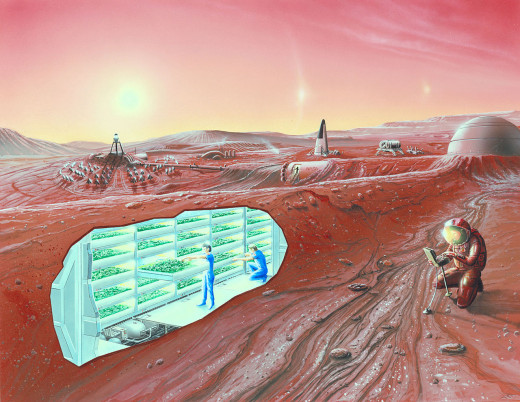
2023
We will see the six Cargo units launched in 2022 land on Mars, they are expected to land anything up to 10 km away from the outpost.
The Rover will then set up the first Life Support unit; it will place the Life Support unit and deploy its Solar Panels following this by connecting the two together so that the Life Support unit to recharge its batteries faster.
The Rover will then pick up all the other Cargo units deploying thin film Solar Panels, the second Life Support unit and the Inflatable sections of the living units; the living units will be connected to the life support by a hose that can transport water, air and electricity.
Before the first crew leaves Earth in 2024, it is being aimed for the life support system to produce a breathable atmosphere of 0.7 bar pressure, 3000 litres of water and 120 kg of Oxygen.
2024
We will see the components of the Mars Transit Vehicle launch into Earth's orbit; the first launched will be a Transit Habitat and a Mars Lander with an assembly crew who will dock the Mars Lander to the Transit Habitat; a month later two propellant stages will be launched and then connected.
The first Mars crew, after successfully completing their training will be launched into the same Earth orbit, they will then switch places with the Assembly Crew whilst in orbit, who descend back to Earth whilst the Mars One team are launched inside the Transit Vehicle towards Mars.
This will mark the point of no return for the Mars crew; The Cargo for the second crew will also be sent to Mars in the same month as the crew.
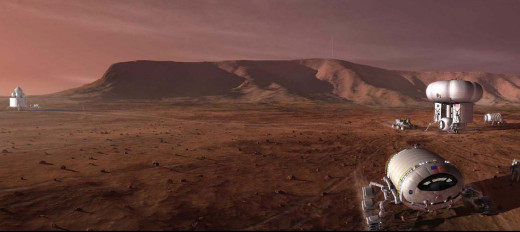
2025
We will see the crew land on Mars after moving from the Transit Habitat into the landing module 24 hours before landing, bringing some of the supplies from the Transit Habitat; the Lander will be exactly the same as those used for previous unmanned missions to ensure success.
The crew will be landing in a system that will have been tested eight times prior to their landing attempt.
They will then be picked up by the Rover and enter the fully built settlement through an airlock in one of the Living Units, spending the next few days recovering from the landing and settling into the new environment that they will be spending the rest of their lives in.
The Cargo for the second crew is set to land within a few weeks after the first crew reaches the planet; they will first deploy further Solar Panels alongside the Food Production Units and then proceed to install the second crews cargo unit ready for their arrival; once the cargo is installed it will add redundancy in the settlement.
Redundancy is extremely important because the crew will be unable to abandon their mission; the second Cargo Unit will contain a further four Living units and four Life Support units, which will be enough for 16 astronauts to survive in.
2026
The second crew will depart from Earth in 2026; with the second crew, the Cargo for the third crew will also be launched alongside the second group of settlers; the second crew is set to land on Mars in 2027.
They will be welcomed by the first crew, who will have already prepared their living quarters.
The hardware for crew three will land a few weeks later and will be added to the settlement; this process will continue as additional crews land every two years.
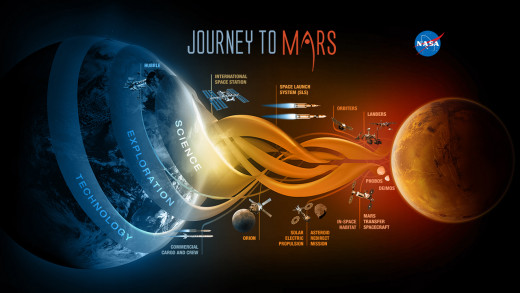
The Next Giant Leap For Mankind
Mars One will be a huge jump for knowledge of not only Mars, but also what our current technology is capable of.
Can we, the Human Race really survive on Mars?
It all looks very promising, a lot of time, effort and funding has gone into the Mars One project.
The Estimated cost, for getting the first 4 Astronauts to Mars will be 6 Billion Dollars (USD) / which is roughly 4 Billion Pounds (GBP); for every other group of 4 sent to Mars the estimated cost is 4 Billion Dollars (USD) / just over 2.5 Billion Pounds.
Unfortunately, there is a possibility that the Mars One project will not be fully completed within my lifetime, even less likely when you consider any hiccups and advancements that there could be along the way, but a few extra years added onto the wait for a race that has been living on the same planet for some 200,000 years (in our current form) and only reached our moon 45/46 years ago in 1969, it's not that long.
Within 60 years, our race will have conquered Space Travel, Walked on the Moon and be living on Mars with so many other great events in between; it's really not bad going, seeing as the car itself was only invented in 1879 by Karl Benz.
The first Electric Light Bulb was only invented by Humphry Davy in 1800 and it was only 2615 years ago in 600 BC that the Ancient Greeks discovered Electricity for the first time, in the form of what we know today as Static Electricity by rubbing fur on amber (fossilized tree resin) discovering an attraction between the two.
So in a little over two and a half thousand years, we will have gone from discovering Electricity for the first time to sending ourselves to live on another planet, to live permanently on Mars... its not bad going really, is it?



